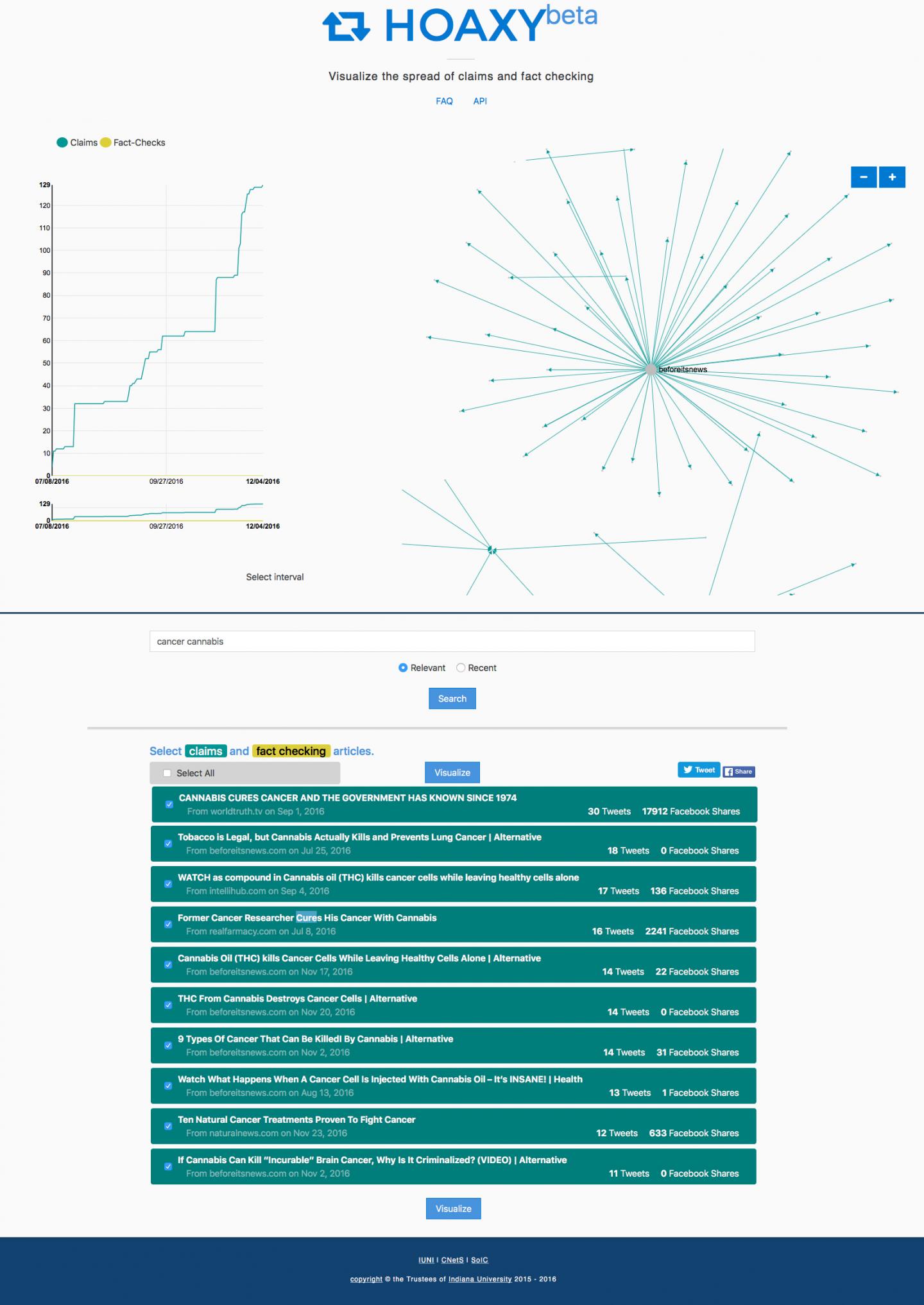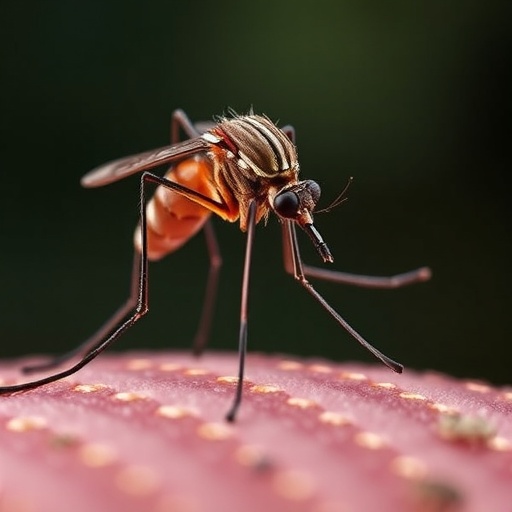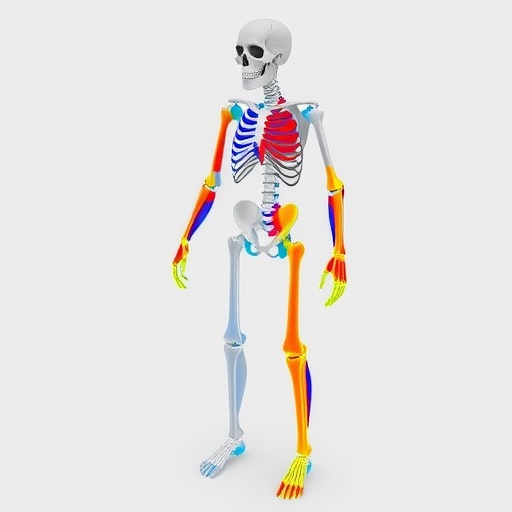
Credit: Indiana University
BLOOMINGTON, Ind. — The Observatory on Social Media at Indiana University has launched a powerful new tool in the fight against fake news.
The tool, called Hoaxy, visualizes how claims in the news — and fact checks of those claims — spread online through social networks. The tool is built upon earlier work at IU led by Filippo Menczer, a professor and director of the Center for Complex Networks and Systems Research in the IU School of Informatics and Computing. Hoaxy is online at http://hoaxy.iuni.iu.edu.
"In the past year, the influence of fake news in the U.S. has grown from a niche concern to a phenomenon with the power to sway public opinion," Menczer said. "We've now even seen examples of fake news inspiring real-life danger, such as the gunman who fired shots in a Washington, D.C., pizza parlor in response to false claims of child trafficking."
Previous tools from the observatory at IU include BotOrNot, a system to assess whether the intelligence behind a Twitter account is more likely a person or a computer, and a suite of online tools that allows anyone to analyze the spread of hashtags across social networks.
In response to the growth of fake news, several major web services are making changes to curtail the spread of false information on their platforms. Google and Facebook recently banned the use of their advertisement services on websites that post fake news, for example. Facebook also rolled out a system last week through which users can flag stories they suspect are false, which are then referred to third-party fact-checkers.
Over the past several months, Menczer and colleagues were frequently cited as experts on how fake news and misinformation spread in outlets such as PBS Newshour, Scientific American, The Atlantic, Reuters, Australian Public Media, NPR and BuzzFeed.
Giovanni Luca Ciampaglia, a research scientist at the IU Network Science Institute, coordinated the Hoaxy project with Menczer. Ciampaglia said a user can now enter a claim into the service's website and see results that show both incidents of the claim in the media and attempts to fact-check it by independent organizations such as snopes.com, politifact.com and factcheck.org. These results can then be selected to generate a visualization of how the articles are shared across social media.
The site's search results display headlines that appeared on sites known to publish inaccurate, unverified or satirical claims based upon lists compiled and published by reputable news and fact-checking organizations.
A search of the terms "cancer" and "cannabis," for example, turns up multiple claims that cannabis has been found to cure cancer, a statement whose origins have been roundly debunked by the reputable fact-checking website snopes.com. A search of social shares of articles that make the claim, however, shows a clear rise in people sharing the story, with under 10 claims in July rising to hundreds by December.
Specifically, Ciampaglia said, Hoaxy's visualizations illustrate both temporal trends and diffusion networks as they relate to online claims and fact-checks. Temporal trends plot the cumulative number of Twitter shares over time. Diffusion networks show how claims spread from person to person. Twitter is currently the only social network tracked by Hoaxy, and only publicly posted tweets appear in the visualizations.
"Importantly, we do not decide what is true or false," Menczer said. "Not all claims you can visualize on Hoaxy are false, nor are we saying that the fact-checkers are 100 percent correct all of the time. Hoaxy is a tool to observe how unverified stories and the fact-checking of those stories spread on public social media. It's up to users to evaluate the evidence about a claim and its rebuttal."
Menczer's interest in fake news began over seven years ago. In an experiment reported in a paper titled "Social Spam Detection," he created a website of fake celebrity news clearly marked as false and promoted the articles on social bookmarking websites, which were popular at the time. After a month, Menczer was shocked to receive a check based on ad revenue from the site.
"That early experiment demonstrated the power of the internet to monetize false information," he said. "I didn't expect at the time that the problem would reach the level of national debate."
In the years since the experiment, however, the volume and influence of fake news have expanded across the web from sources as disparate as satirical websites, ideologically motived organizations and Macedonian teenagers working to rake in advertising dollars.
"If we want to stop the growing influence of fake news in our society, first we need to understand the mechanisms behind how it spreads," Menczer said. "Tools like Hoaxy are an important step in the process."
Menczer is also a member of the IU Network Science Institute, a project partner that contributed support to Hoaxy. Other researchers on the project were Chengcheng Shao, a visiting doctoral student, and graduate students Lei Wang and Gregory Maus, all of the IU School of Informatics and Computing.
###
An academic paper on the project, "Hoaxy: A Platform for Tracking Online Misinformation," is available online from the Proceedings of the 25th International Conference Companion on World Wide Web.
This research was supported in part by the National Science Foundation and the J.S. McDonnell Foundation.
Media Contact
Kevin Fryling
[email protected]
812-856-2988
@IndianaResearch
http://newsinfo.iu.edu
############
Story Source: Materials provided by Scienmag





